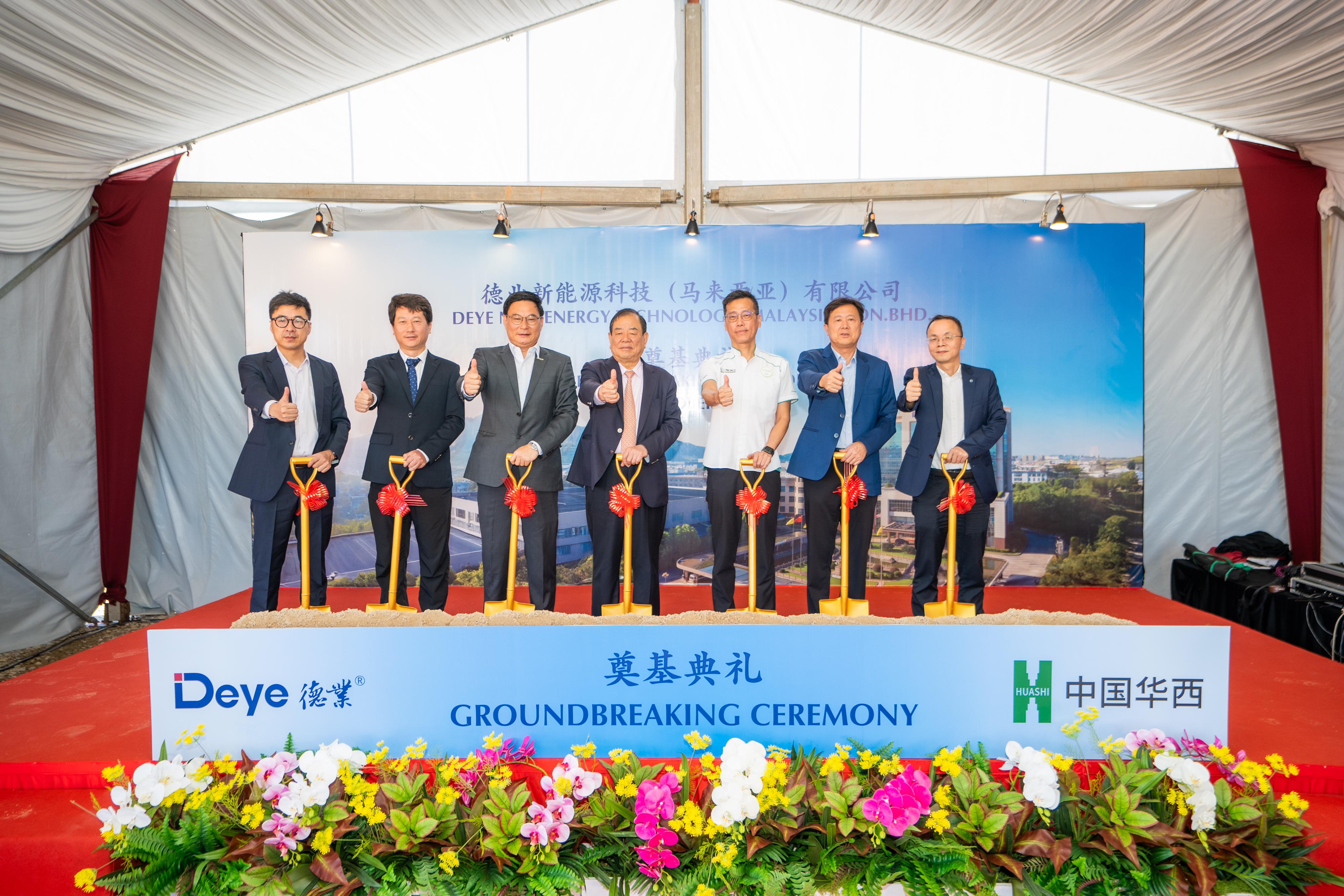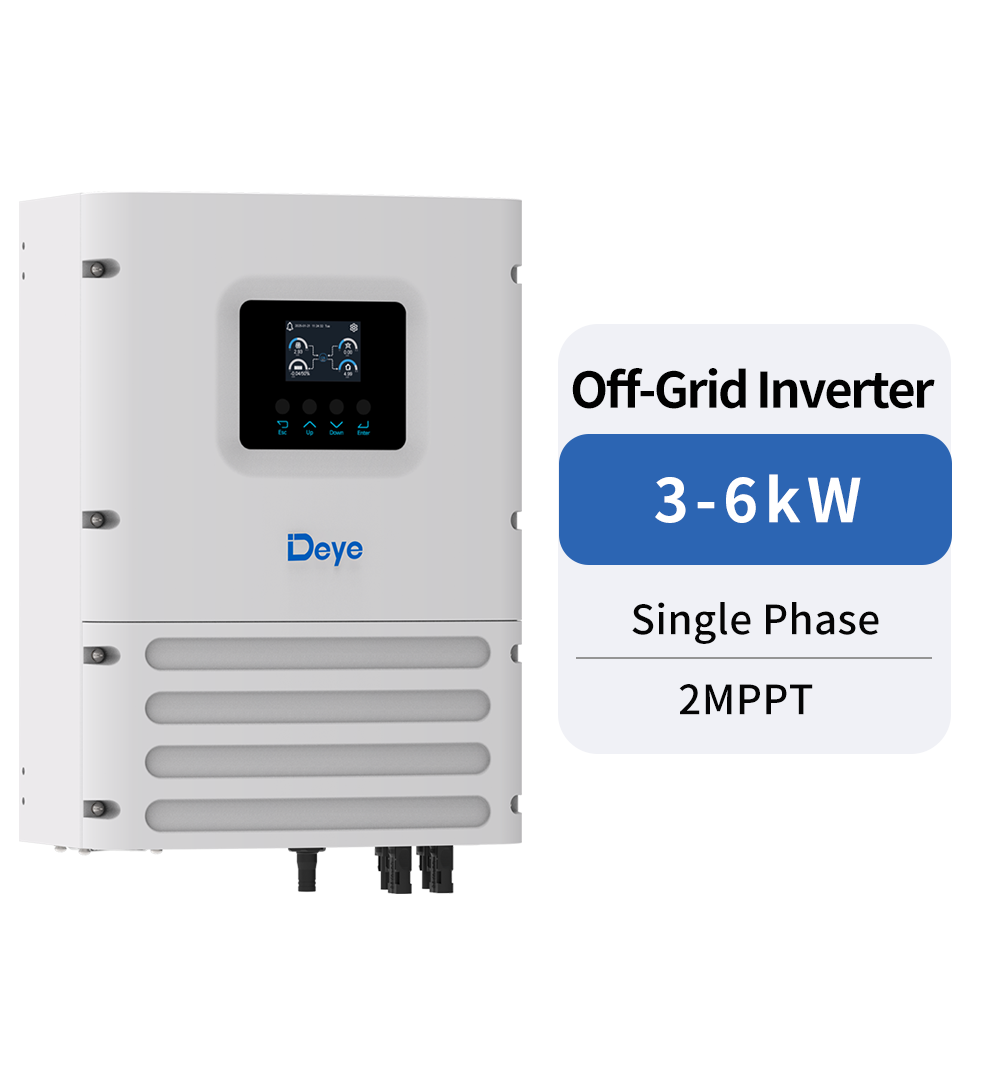Technical Topics
How does a Single Phase String Inverter work?
Single phase string inverters are an essential component of many solar energy systems. They are responsible for converting the direct current (DC) generated by solar panels into alternating current (AC) that can be used to power homes and businesses. In this article, we will discuss the basics of single phase string inverters, how they work, and their advantages and disadvantages.
What is a Single Phase String Inverter?
A single phase string inverter is a type of inverter that is used in small to medium-sized solar systems. It is designed to convert the DC power generated by solar panels into AC power that can be used to power homes or businesses. The name “string inverter” comes from the fact that it is typically used to convert the power from a string of solar panels, rather than just a single panel.
How Does a Single Phase String Inverter Work?
Single phase string inverters work by using a process called pulse-width modulation (PWM). In PWM, the DC power from the solar panels is chopped up into a series of pulses. The inverter then adjusts the width of these pulses to control the amount of power that is delivered to the grid.
Single phase string inverters typically have two stages: the DC-DC converter and the DC-AC inverter. The DC-DC converter is responsible for converting the high-voltage DC power from the solar panels to a lower voltage DC power that can be used by the inverter. The DC-AC inverter then converts this DC power into AC power that can be used to power homes or businesses.
Advantages of Single Phase String Inverters
One of the main advantages of single phase string inverters is their affordability. They are typically less expensive than other types of inverters, such as microinverters or central inverters. This makes them an excellent choice for small to medium-sized solar systems.
Single phase string inverters are also relatively simple to install and maintain. They do not require any special wiring or equipment, and they can be easily replaced if they fail.
Disadvantages of Single Phase String Inverters
One of the main disadvantages of single phase string inverters is that they are not as efficient as other types of inverters. Because they convert the power from a string of solar panels, they are susceptible to shading and other issues that can cause the output of the entire string to decrease.
Single phase string inverters are also limited in the amount of power they can handle. They are typically only used in small to medium-sized solar systems, and they cannot be used in large commercial or utility-scale systems.
Conclusion
Single phase string inverters are a simple and affordable way to convert the DC power generated by solar panels into AC power that can be used to power homes and businesses. They are an excellent choice for small to medium-sized solar systems, but they are not as efficient as other types of inverters and are limited in the amount of power they can handle. Before choosing a single phase string inverter, it is important to consider the size of your solar system and your energy needs.
SUN-1/1.5/2/2.2/2.5/2.7/3/3.3/3.6/4K-G04P1-EU-Single Phase AM1 | 1-4kW | | 1 MPPT

SUN-1/1.5/2/2.2/2.5/2.7/3/3.3/3.6/4K-G04P1-EU-Single Phase AM1 | 1-4kW | | 1 MPPT

PREV:What is a Solar Grid-Tie Inverter and How Does it Work?
NEXT:Is a Single-Phase String Inverter the Right Choice for Your Residential Solar Energy System?
Share
Product recommendations
news recommendations
-

-
 Green Industry, Bright Future: Deye Distributor Summit – Dubai 2025 Concludes Successfully
Green Industry, Bright Future: Deye Distributor Summit – Dubai 2025 Concludes SuccessfullyIn November 2025, Deye Group successfully hosted the “Green Industry, Bright Future—Deye 2025 Dubai ...
-
 Deye’s Malaysia Johor Manufacturing Base Officially Breaks Ground — A Key Step Forward in Its Globalization Strategy
Deye’s Malaysia Johor Manufacturing Base Officially Breaks Ground — A Key Step Forward in Its Globalization StrategyOn October 2, 2024, Deye Group (hereinafter referred to as “the Company”) held a groundbreaking cer...

 China - 简体中文
China - 简体中文 Global - English
Global - English Brazil - Português
Brazil - Português Netherlands - Dutch
Netherlands - Dutch Italy - Italiano
Italy - Italiano Germany - Deutsch
Germany - Deutsch Spain - Español
Spain - Español France - Français
France - Français Vietnam - Tiếng Việt
Vietnam - Tiếng Việt Poland - Polski
Poland - Polski Australia - English
Australia - English


